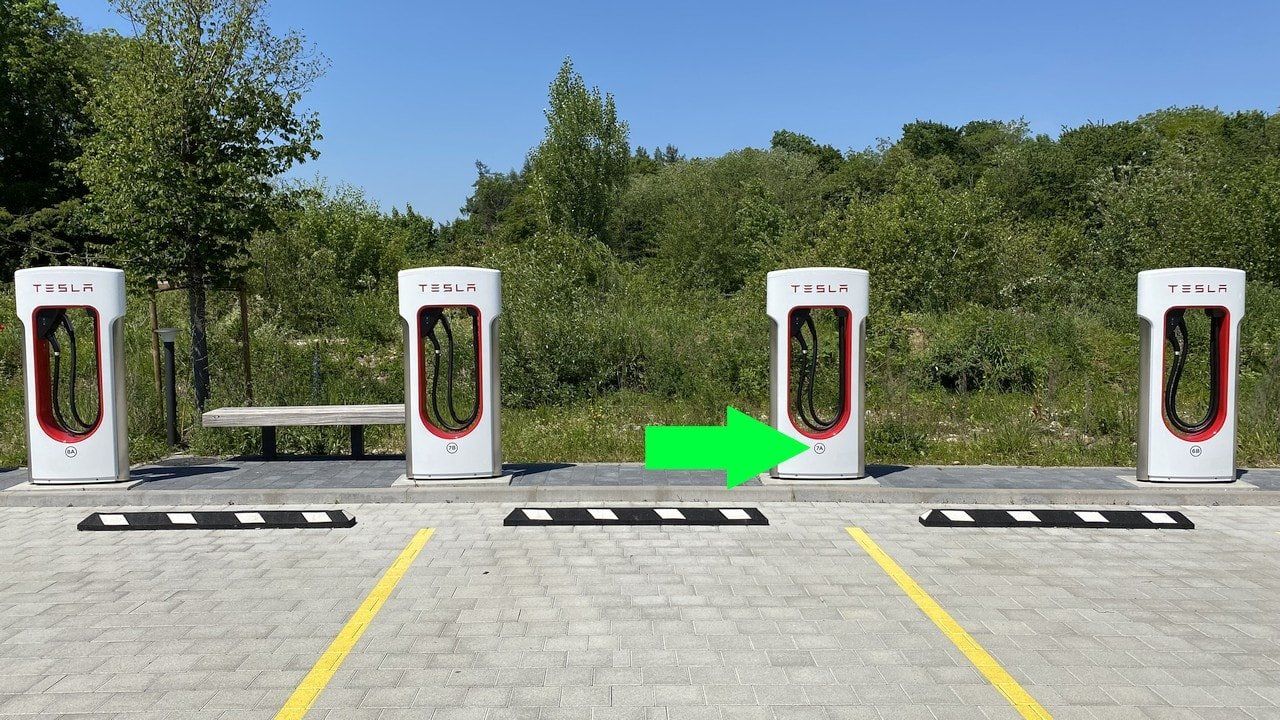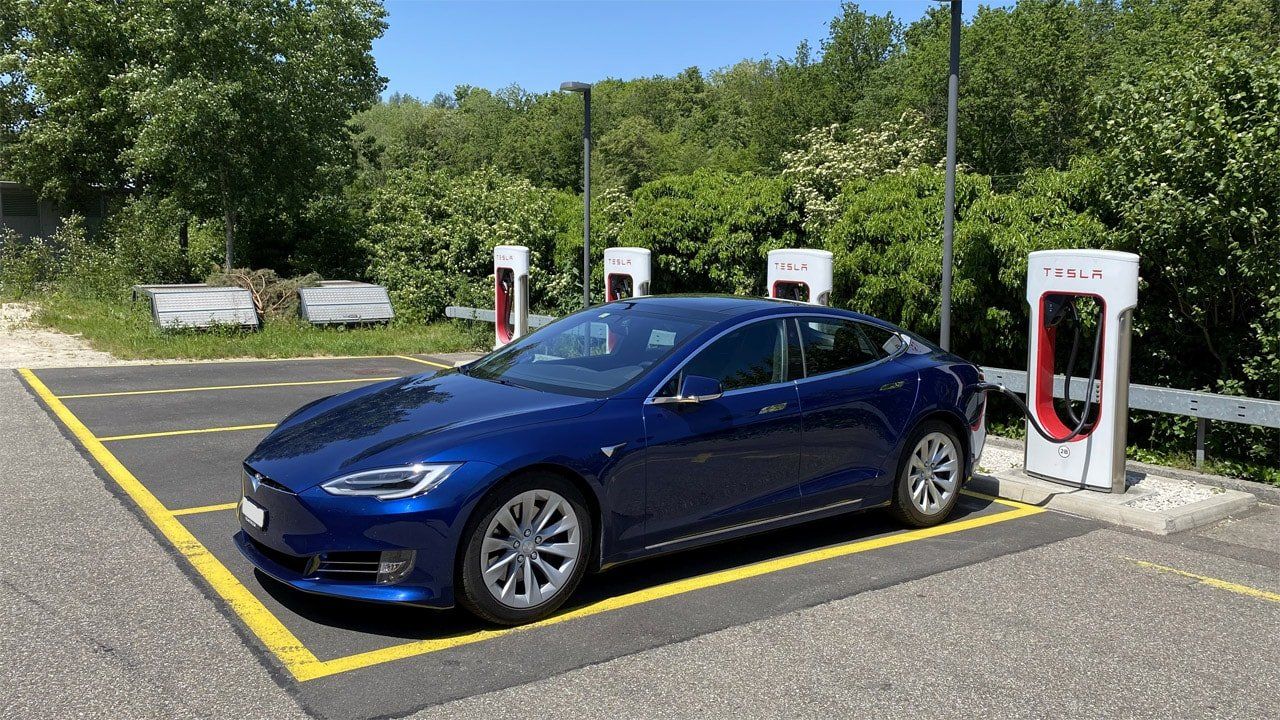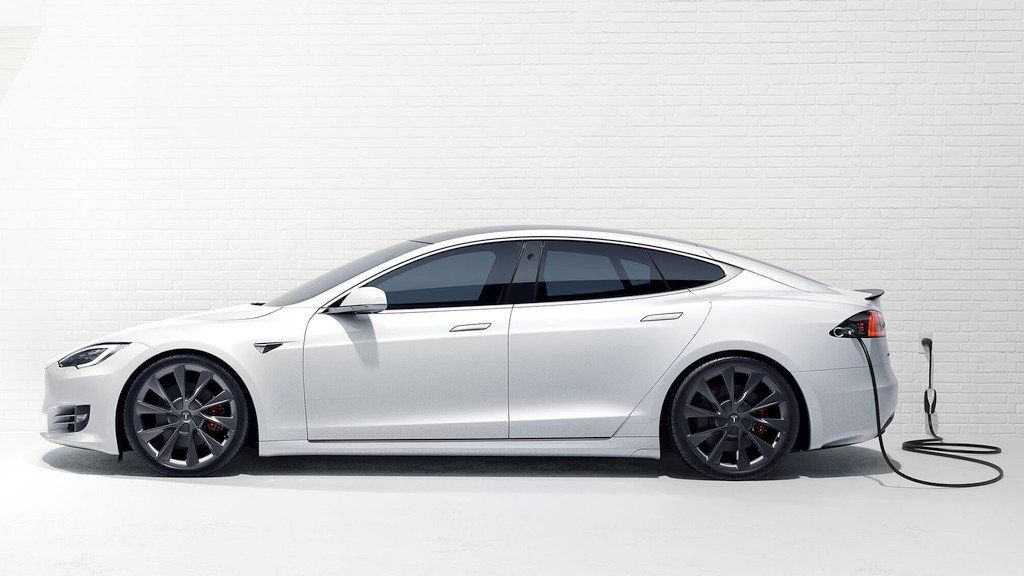The charging time on the Tesla Supercharger depends on various factors. First these are:
Influence of the own vehicle
- Temperature of the battery. The battery cells can only be charged at maximum charging speed without degradation increasing too much in the long term within a temperature range of approximately 30 °C. When charging, the battery becomes warmer due to the charging process. If the battery is too cold or too hot, the BMS heats or cools it accordingly before calling up with the maximum charging speed. The BMS always keeps the charging parameters within a normal range to avoid excessive degradation.
- Battery charge level. This is also called SoC (State of charge). The fuller the battery is already charged, the less quickly the cells can be further charged. Therefore, the BMS regulates the charging power also depending on the charge level. This means: the emptier the battery is, the faster it can be charged. However, less than 10% SoC is not ideal for fast charging either. In this range, the superchargers of newer battery generations do not start at maximum speed. Ideally, the Supercharging session should start at around 10-20%.
- Total battery capacity. A 100 kWh battery can charge with a higher maximum charging speed than, for example, a 75 kWh battery. More current is charged into the battery per minute, so more range is stored. This is due to the 25% more battery cells in the battery, over which the charging power is distributed equally.
Shop for more Tesla Accessories here!
Local factors at the Tesla Supercharger can increase time too
Other factors concern the situation on the charging place. This has largely to do with the way the supercharger infrastructure is set up. Two V2 Supercharger charging stations always share a charging rectifier as a charging pair. One V2 rectifier can distribute a total of 150 kW charging power to the two Supercharger charging stations. The distribution of the charging power works according to the following rules:
- When a vehicle is charging alone on a charging pair, it gets the maximum possible charging current (depending on the vehicle factors mentioned above).
- If one vehicle starts charging as the second in the pair, the maximum power is distributed equally between the two vehicles, provided that the conditions (battery temperature, etc.) allow them to charge at least as fast. As soon as the battery of one vehicle becomes full, its charging capacity is reduced to protect the battery cells. The second vehicle then increases its power continuously, provided its battery allows it.
- The ambient temperature also has an influence, as it directly affects the battery temperature. In winter, the battery is often only at a sufficiently high temperature for maximum charging currents after 50-70 kilometers of highway travel. If you come to the Supercharger with a cold battery, it takes about 10 to 15 minutes until the battery has warmed up sufficiently to charge faster.
On the Tesla website this is also described as follows:
How can I maximize power and reduce charging time at a Tesla Supercharger?
Each charge post is labeled with a number and letter, either A or B (e.g. 1A, 1B, 2A, 2B). When possible, select a charge post with a unique number that is not currently connected to a vehicle. When a unique number isn’t available, the Supercharger cabinet has technology to share available power between charge posts A and B. To maximize power, park at a Supercharger shared with a car that is nearly done charging. For Superchargers in urban areas, there is no need to consider these suggestions, as those sites do not share available power; each car has dedicated power available.
On Supercharger V3 stations, this limitation with the shared charging rectifier does not exist. Both chargers of a pair can provide full speed simultaneously. V3 Superchargers can also provide 250 kW.
Conclusion
With this design, Tesla can ensure that if individual components fail, some supercharger charging stations will still function. Concurrently, more vehicles can be operated with fewer resources and costs. If each Supercharger V2 charging station were to have 150 kW exclusively available at all times, only half as many charging stations per location would be possible. Since charging with such a high charging current is only ever necessary for a short time, the costs and benefits are optimally balanced here.
So if you are rushing yourself, it might be worthwhile to change your parking space. For example, if you start charging with a 100 kWh battery next to an almost empty Tesla. If your neighbor’s battery charges under optimal conditions and demands the maximum for itself, it can take a while. In the worst case, the 30 kW left over for your vehicle can then drag on for a good 15 minutes and extend the total Tesla Supercharger charging time accordingly.
The Tesla Data Logger
Collect statistics about your trips, power consumption, battery degradation and much more.
Register here to test TeslaFi for four weeks instead of two weeks for free.*






